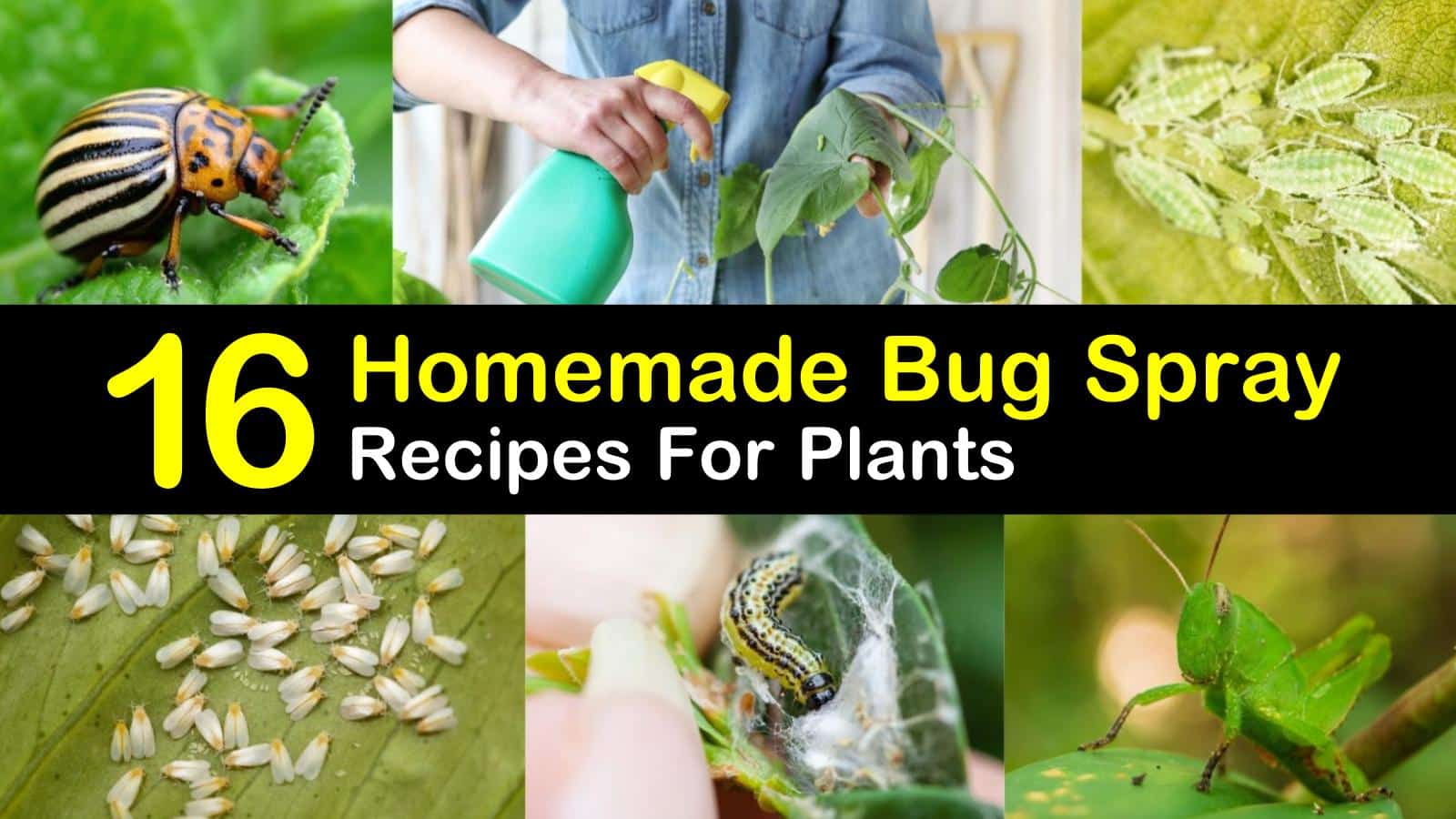As a passionate gardener, I know how frustrating it can be when pesky bugs start attacking your pea plants. Peas are very susceptible to insect damage, which can quickly destroy your crop if left uncontrolled. The key is being proactive and using the right insecticides at the first signs of infestation. In this article, I’ll share my tips on what to spray to keep bugs off your peas and protect your harvest.
Common Pea Insect Pests
Several bugs commonly infest pea plants including
-
Aphids – These tiny, soft-bodied insects pierce stems and leaves to suck plant juices. Heavy aphid populations can stunt plants and deform pods.
-
Bean Leaf Beetles – Adult beetles chew irregular holes in leaves while larvae feed on roots and stems near soil level.
-
Thrips – Tiny insects that rasp plant tissues and feed on sap. They reduce pollination and leave cosmetic damage on pods.
-
Caterpillars – Loopers, earworms, and other caterpillars chew ragged holes in leaves and pods.
-
Stink Bugs – Shield-shaped bugs that pierce pods to feed on developing peas causing discolored spots dimples, and shriveled peas.
-
Spider Mites – Microscopic pests that suck plant juices and spin webbing on leaves. Infestations spread rapidly in hot, dry conditions.
Knowing which pests attack your peas will help you choose the right spray to control them.
Organic Sprays for Pea Pest Control
Organic insecticides derived from plants or minerals are ideal for peas because they break down quickly and don’t leave toxic residues. Organic options effective for pea pests include:
-
Insecticidal soaps – Made from fatty acids, these sprays smother and kill soft-bodied insects like aphids on contact.
-
Neem oil – Derived from the neem tree, neem oil disrupts insects’ hormones and repels pests like aphids and caterpillars.
-
Pyrethrin – Extracted from chrysanthemums, pyrethrin quickly knocks down populations of aphids, beetles, stink bugs, and other pests.
-
Spinosad – This natural bacterium targets chewing pests like caterpillars but is safe for beneficial insects when dried.
-
Bacillus thuringiensis (Bt) – A biological insecticide that is effective against loopers, earworms, and other caterpillars but harmless to bees and wildlife.
Conventional Insecticide Sprays
If organic options haven’t worked, conventional insecticides can provide stronger control over heavy infestations:
-
Malathion, carbaryl (Sevin), bifenthrin – Broad-spectrum insecticides that kill a wide range of pests including beetles, stink bugs, caterpillars, and aphids.
-
Pyrethroids – Fast-acting synthetic insecticides like cyhalothrin that control many chewing and sucking insects.
When using conventional insecticides, be sure to follow label directions carefully to avoid plant damage or excessive residues. Avoid spraying during bloom periods to protect pollinators.
When to Spray Peas for Pest Control
Proper timing of sprays is key to effective control of pea pests:
-
Treat seedlings at first sight of aphids.
-
Target foliar feeders like beetles and loopers when defoliation reaches 30% before bloom or 15% during pod fill.
-
Spray for stink bugs, earworms, and other pod feeders if damage exceeds 5% of pods.
-
Control spider mites before heavy stippling and webbing occurs.
-
Spray in early morning or evening to minimize impact on bees.
-
Reapply insecticides 7-10 days later if pests persist.
Integrated Pest Management for Peas
In addition to targeted sprays, incorporating other IPM practices can reduce reliance on pesticides:
-
Use row covers at planting to exclude early pests.
-
Eliminate weeds around plants that harbor pests.
-
Rinse off aphids with a strong spray of water and trap them in yellow bowls.
-
Attract beneficial insects like lady beetles and lacewings that prey on pests.
-
Rotate pea planting sites each year to disrupt pest cycles.
-
Remove pea debris promptly after harvest to eliminate overwintering sites.
Protecting peas from insect damage requires vigilance in scouting for pests and using appropriate sprays at the first signs of infestation. Organic options like insecticidal soaps, neem oil, and Bt can control light pest populations while minimizing risks. For heavy infestations, targeted applications of conventional insecticides may be warranted. Integrating chemical sprays with good cultural practices is key to keeping peas pest-free and productive.

How-To Resources Learning Center
Mark from Opelika, Al writes
Bugs on my Purple Hull Peas
FAQ
How do I keep bugs off my pea plants?
Placing insect netting (floating row covers) over your plants is a great way to prevent insect issues. Beneficial insects such as green lacewings, ladybugs, and praying mantis can be helpful to fight these beetle’s eggs and larvae. Yellow sticky traps have also been shown to be effective at catching these pests.
What can I spray my peas with?
For a non-ionic adjuvant use AGRAL 90 or Citowett at 0.1% v/v of spray solution. Succulent Peas: If target weeds have emerged, Reflex must be used with a non-ionic adjuvant or TurboCharge at 0.25 %v/v. For a non-ionic adjuvant use AGRAL 90 or Citowett at 0.1% v/v of spray solution.
How to get rid of green bugs on peas?
Equal parts hydrogen peroxide and water with a little dish soap in a spray bottle. -Doctor Bronors peppermint soap in spray bottle. -Diatomaceous earth mixed with water in spray bottle. Like Zuzu said, blast them off with the garden hose, may need to do it daily.
What can I spray on my vegetables to keep bugs away?
Peppermint Spray: 2 Tbsp peppermint Castile soap, 1 liter of warm water. Epsom Salt Spray: 1 Tbsp of Epsom for every 4 liters of water. *Great for tomatoes, peppers, and roses. Spray every week and a half.
